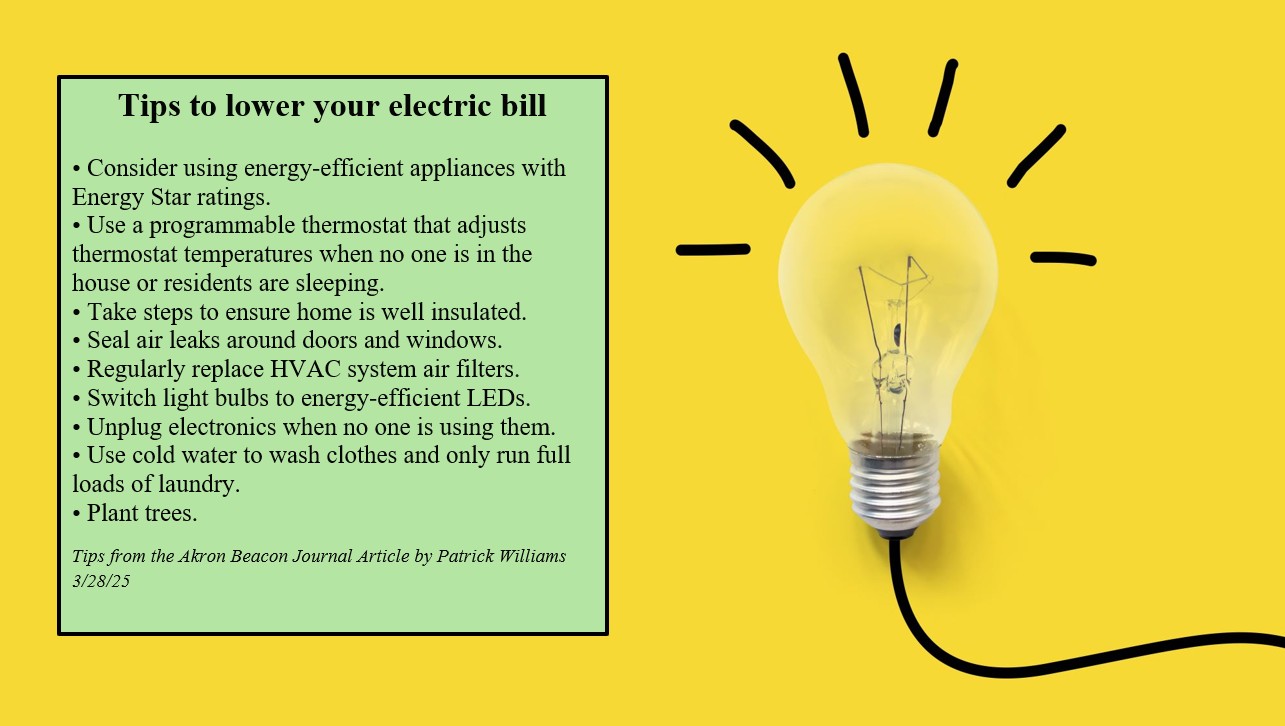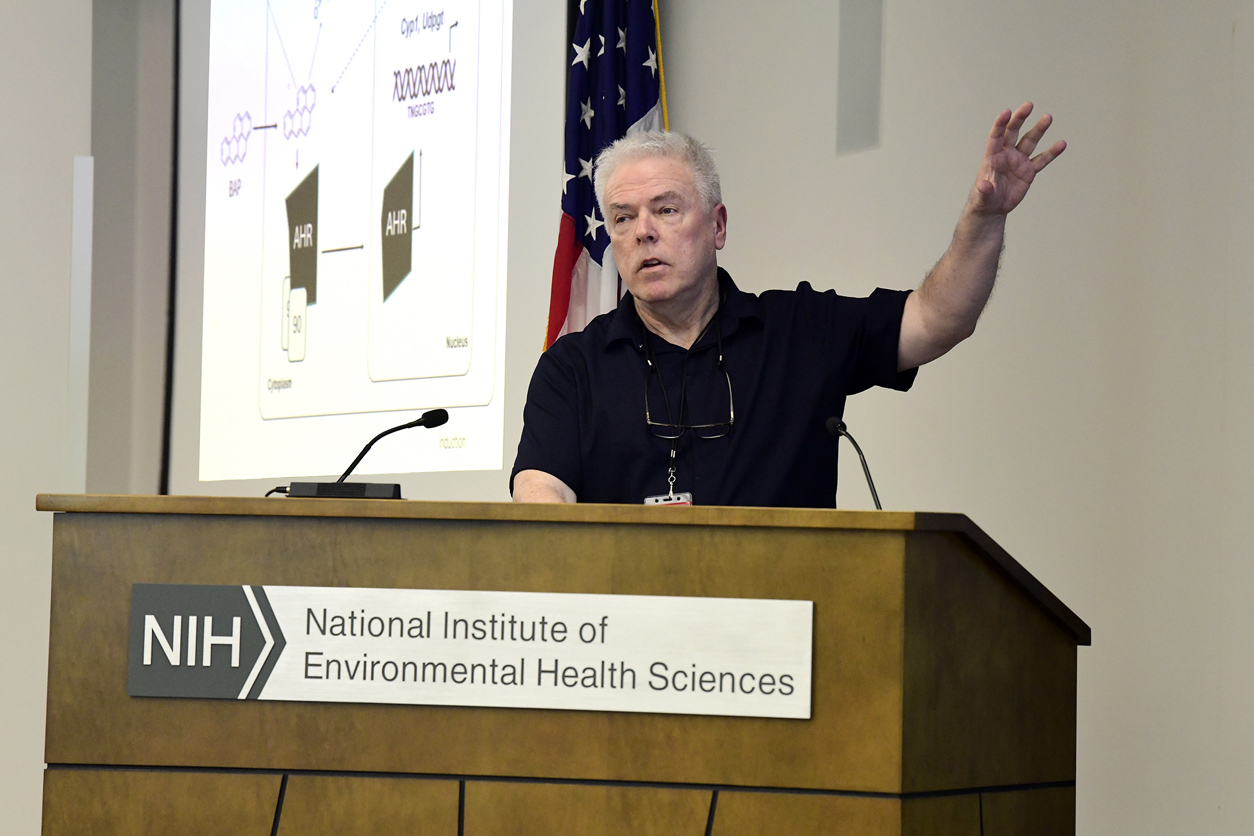Cut your energy bills by a third? No, these ‘energy-saving plugs’ will cause nothing but hassle – The Guardian

Report on Fraudulent Energy-Saving Devices and Their Impact on Sustainable Development Goals
1.0 Introduction
An analysis of widely marketed “energy-saving plugs” reveals them to be fraudulent devices that not only fail to deliver on promises of energy efficiency but also pose significant financial and safety risks to consumers. This report examines the nature of these scams and their direct opposition to the principles of several United Nations Sustainable Development Goals (SDGs), including those concerning affordable energy, sustainable communities, and responsible consumption.
2.0 Device Analysis and Associated Risks
The products, often marketed as “eco plugs” or “voltage regulators,” claim to reduce household energy bills by making appliances more efficient. However, investigations confirm these claims are baseless.
2.1 Financial Risks
- Monetary Loss: Consumers pay for a product that is either never delivered or is functionally useless.
- Data Theft: The purchasing process is frequently used by criminals to harvest credit card details for subsequent fraudulent activities, undermining economic security and contradicting the aims of SDG 8 (Decent Work and Economic Growth).
2.2 Safety and Performance Failures
- Lack of Efficacy: At best, the devices have no effect on energy consumption, failing to contribute to the energy efficiency targets of SDG 7 (Affordable and Clean Energy).
- Safety Hazards: Many devices fail to meet basic UK electrical safety standards. Investigations by consumer groups like Which? found poor quality components, improper soldering, and pins that could easily break. These defects create a significant risk of overheating and fire, directly threatening the goal of safe housing under SDG 11 (Sustainable Cities and Communities).
3.0 Contradiction of Sustainable Development Goals
The proliferation of these scams actively undermines progress toward key SDGs.
- SDG 7: Affordable and Clean Energy: The scams exploit the public’s need for affordable energy. They divert consumer spending away from legitimate, proven energy-saving solutions (such as insulation or smart thermostats) that are essential for improving energy efficiency.
- SDG 12: Responsible Consumption and Production: These products represent a model of irresponsible production and consumption. They are useless plastic items marketed through deception, contributing to electronic waste without providing any benefit. Educating consumers about such scams is vital for promoting sustainable consumption patterns.
- SDG 16: Peace, Justice and Strong Institutions: The continued online sale of these illegal devices highlights a need for stronger enforcement by regulatory bodies and online platforms. The efforts of consumer groups and trading standards to expose these scams are crucial for building the effective institutions required by SDG 16.
4.0 Recommendations for Consumer Action
To mitigate the impact of these scams and align consumer behaviour with sustainability principles, the following actions are recommended:
- Be highly skeptical of products promising significant energy savings that are sold via social media or cold calls rather than by major, reputable retailers.
- Report misleading advertisements or fraudulent products to the host platform and to local trading standards offices to support institutional enforcement (SDG 16).
- To genuinely reduce energy consumption and support SDG 7, invest in proven and recommended measures, such as:
- Improving home insulation
- Optimizing boiler settings
- Installing smart thermostats
1. Which SDGs are addressed or connected to the issues highlighted in the article?
SDG 7: Affordable and Clean Energy
- The article’s central theme is the rising cost of energy bills and the public’s desire for solutions to reduce energy consumption. The fraudulent “energy-saving plugs” are marketed as a way to make household appliances work more efficiently, directly tapping into the concerns related to energy affordability and efficiency.
SDG 12: Responsible Consumption and Production
- This goal is addressed through the discussion of consumer rights, misleading advertising, and product safety. The article highlights how consumers are being sold useless and dangerous products through “slick” marketing with “fake Trustpilot reviews.” It also touches on the production of unsafe goods that “won’t even pass basic electrical safety standards,” representing irresponsible production patterns.
SDG 3: Good Health and Well-being
- The article connects to this goal by emphasizing the physical dangers posed by the scam products. It states that at worst, the devices “are dangerous,” can “overheat or cause fires,” and that investigations found they have “poor-quality soldering” and contain “too much lead,” all of which pose significant health and safety risks to consumers.
SDG 16: Peace, Justice and Strong Institutions
- This SDG is relevant because the article describes criminal activities, specifically financial fraud. It mentions that “criminals use the purchase process to harvest card details for further fraud.” The article also points to the role of institutions like “the regulator Ofgem” and “local trading standards office” in protecting consumers and combating these crimes.
2. What specific targets under those SDGs can be identified based on the article’s content?
SDG 7: Affordable and Clean Energy
- Target 7.3: By 2030, double the global rate of improvement in energy efficiency. The article directly discusses energy efficiency as the promised, albeit fraudulent, benefit of the plugs. It contrasts the scam with “proven measures like insulation, boiler tweaks, or smart thermostats,” which are genuine methods to improve energy efficiency in line with this target.
SDG 12: Responsible Consumption and Production
- Target 12.8: By 2030, ensure that people everywhere have the relevant information and awareness for sustainable development and lifestyles. The article itself serves as a tool for consumer awareness, warning people about scams. It highlights the deceptive marketing (“fake Trustpilot reviews or phoney ‘expert endorsements’”) that preys on a lack of correct information and advises consumers to be “wary of what you buy online.”
SDG 3: Good Health and Well-being
- Target 3.9: By 2030, substantially reduce the number of deaths and illnesses from hazardous chemicals and air, water and soil pollution and contamination. The article’s warnings about the devices being “dangerous,” “unsafe,” and potentially causing fires or containing “too much lead” directly relate to protecting people from hazardous products in their homes.
SDG 16: Peace, Justice and Strong Institutions
- Target 16.4: By 2030, significantly reduce illicit financial flows… and combat all forms of organized crime. The article describes a form of organized crime where “criminals use the purchase process to harvest card details for further fraud,” which constitutes an illicit financial activity that this target aims to reduce.
3. Are there any indicators mentioned or implied in the article that can be used to measure progress towards the identified targets?
SDG 7: Affordable and Clean Energy
- Implied Indicator: Reduction in household energy consumption and bills. The scam devices falsely promise to “cut household bills by 30% or more.” The article suggests legitimate measures like insulation and smart thermostats can achieve real savings, implying that the percentage reduction in energy bills is a key metric for consumers and for measuring progress in energy efficiency.
SDG 12: Responsible Consumption and Production
- Mentioned Indicator: Number of misleading or unsafe product listings reported and removed from online platforms. The article explicitly states that “The consumer group Which? reported a number of listings earlier this year, which were then removed.” It also encourages readers to “report it to the platform it is being sold on,” suggesting that the frequency of such reports and subsequent actions is a measure of consumer protection and awareness.
SDG 3: Good Health and Well-being
- Mentioned Indicator: The number of products failing to meet safety standards. The article notes that the devices are “on sale widely online despite failing basic UK safety standards.” An investigation by Which? found that “pins were often too short or snapped off easily.” Tracking the prevalence of such non-compliant products on the market serves as an indicator of public safety risks.
SDG 16: Peace, Justice and Strong Institutions
- Implied Indicator: The number of reported incidents of financial fraud related to consumer scams. The article describes how “victims hand over hundreds for a gadget that never arrives” and how criminals “harvest card details for further fraud.” The volume of such financial crimes reported to authorities would be a direct indicator of the scale of the problem that institutions need to address.
4. SDGs, Targets and Indicators
| SDGs | Targets | Indicators |
|---|---|---|
| SDG 7: Affordable and Clean Energy | 7.3: Double the global rate of improvement in energy efficiency. | Implied: Percentage reduction in household energy bills through proven efficiency measures. |
| SDG 12: Responsible Consumption and Production | 12.8: Ensure people have relevant information and awareness for sustainable lifestyles. | Mentioned: Number of misleading product listings reported to and removed from online platforms (e.g., by groups like Which?). |
| SDG 3: Good Health and Well-being | 3.9: Substantially reduce deaths and illnesses from hazardous products. | Mentioned: Number of products available for sale that fail basic safety standards (e.g., risk of fire, overheating, excess lead). |
| SDG 16: Peace, Justice and Strong Institutions | 16.4: Significantly reduce illicit financial flows and combat all forms of organized crime. | Implied: Number of reported incidents of financial fraud and data theft resulting from consumer scams. |
Source: theguardian.com

What is Your Reaction?
 Like
0
Like
0
 Dislike
0
Dislike
0
 Love
0
Love
0
 Funny
0
Funny
0
 Angry
0
Angry
0
 Sad
0
Sad
0
 Wow
0
Wow
0



















































.jpg.webp?itok=0ZsAnae9#)

























